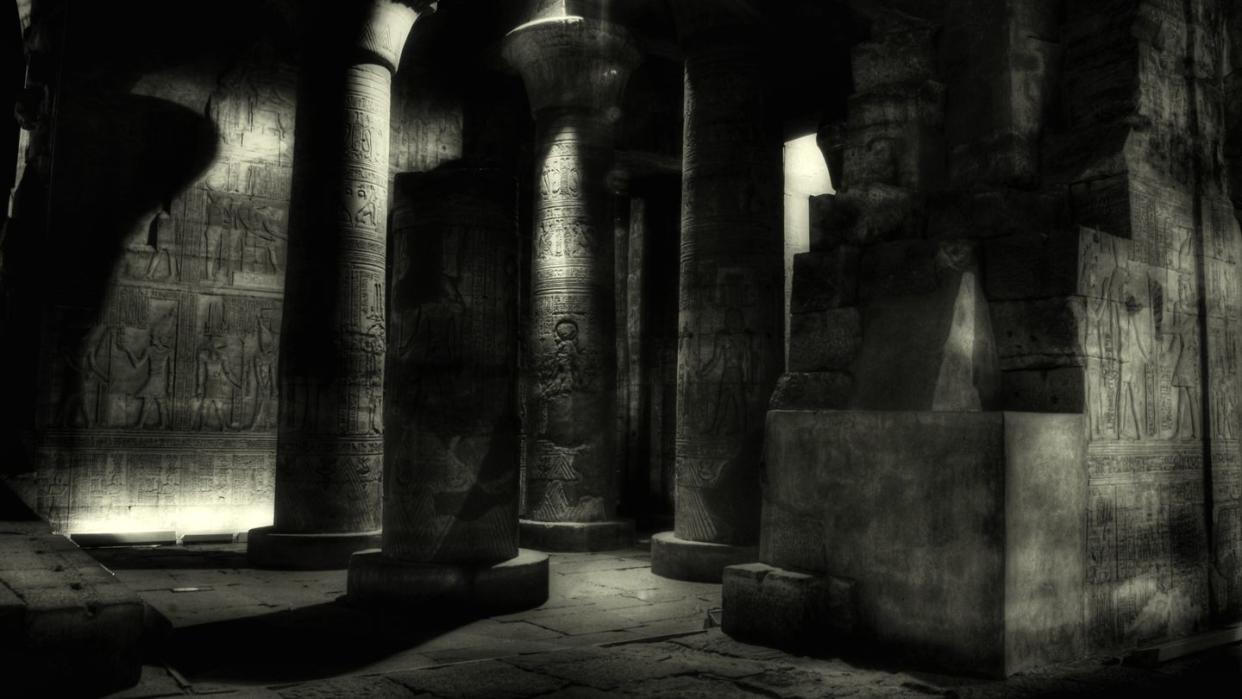Archaeologists Stumbled Upon an Ancient Tomb With Gold Inside—and a Deadly Secret

The Coclé is an ancient Panamanian people group that once flourished in what’s known today as Coclé Province.
The first artifacts from this culture were first uncovered in the 1920s, but many major discoveries still occur a century later.
According to the Panama Ministry of Culture, a newly uncovered tomb contains gold trinkets of a lavish burial, as well as evidence of a grisly funerary custom.
Thousands of years before Panama became almost synonymous with its all-important canal, ancient people settled in a valley carved by the Rio Grande. Largely designated by their distinct pottery style, the group is known as the Gran Coclé, a group that lived in the area in some form or another from 200 CE to the arrival of Spain in 1550 CE. Today, various archeological parks containing their hidden treasures can be found embedded in the Panamanian province that bears their name.
The El Caño Archeological Park, located 100 miles southwest of Panama City, was first discovered in 1927. But major discoveries at the park continue to this day, including the 2011 discovery of a Coclé warrior laden with gold artifacts and laying atop 25 specifically arranged bodies. Much like the early Egyptian dynasties, the Colcé also practiced a form of retainer sacrifice, where favorite wives or servants were sacrificed and buried with people held in high societal esteem.
Now, the new discovery of a lavish 1,200-year-old tomb at El Caño gives archeologists another glimpse into this little-known culture. Panama’s Ministry of Culture reports that this new tomb belonged to an “important Coclé lord” who lived around 750 to 800 CE, dying around the age of 30. Buried among mounds of ceramic pottery, archeologists found an impressive array of gold trinkets—five pectorals (a kind of ancient jewelry), ornamental breast plats, earrings, necklaces, and bone flutes, just to name a few. The body was also entombed face down on top of a female body, a common practice at the time, according to the Panama Ministry of Culture.
And, much like the previous Coclé warrior tomb, the young lord was found buried among other people. Although the excavation isn’t complete, experts place the total body count in the tomb at anywhere between 8 and 32 people. These also aren’t the only two examples of retainer sacrifice, as other tomb excavations at El Caño and a nearby site called Sitio Conte have found multiple bodies buried in the same tomb—though few were quite as lavish as this new discovery.
Unearthing this tomb is just the latest chapter in an almost century-long effort to uncover more about this mysterious and little-known culture. For centuries, the cemetery of the Coclé lay undisturbed until a flood of the region unearthed beads of gold along the banks of the Rio Grande. In 1940, an expedition led by Penn Museum J. Alden Mason unearthed amazing finds, including one massive site known as “Burial 11” which contained a treasure trove of artifacts that finally showcased the impressive artistic abilities of these ancient people (along with their habit of burying chiefs with their servants).
The metalwork and pottery of the Coclé is now known the world over, and is believed to have influenced the art of other ancient peoples in the region all the way until the arrival of Europeans in the 16th century.
Slowly, archeologists are dusting off this once-thriving culture, one tomb at a time.
You Might Also Like

